In the first of a new series of posts, we will begin to examine various carrier aircraft and see how they compare to other aircraft. And what better way to start the series off than to examine two of the most famous American fighter aircraft of the Second World War. We are checking out the United States Navy F4U Corsair and how it compared to the P-51 Mustang of the United States Army Air Force. How did these two titans of the air compare? Read on to find out!
F4U Corsair
The F4U can trace its origins back to a 1938 proposal for new fighter aircraft designed to operate from aircraft carriers. Specifications included a range of over 1000 miles and characteristics suitable for carrier operations.
Construction of the prototype began in 1939, built around the largest available engine at the time, the Pratt & Whitney R-2800 radial engine. Construction was conducted extremely quickly, enough that the first flight occurred in May of 1940. By October of that year, the F4U Prototype had become the first single-engine American fighter to exceed 400mph in level flight. Testing was successful enough that Vought was soon given a production contract as well as the name “Corsair”. The first production F4U took to the sky in June of 1942.
The F4U quickly became known for its impressive performance. Despite the sturdiness of the relatively heavy design, the powerful engine, advanced wing shape, and massive propeller granted it exceptionally high speed and good handling. However, these favorable traits were somewhat offset by other things. A bad tendency to stall at low speeds along with the aircraft sometimes bouncing on landing made carrier operations very difficult. Further difficulties were found due to the long nose of the aircraft that reduced visibility.
The problems were so bad that the Navy chose to instead use the simpler F6F Hellcat fighter, leaving the Corsair to the Marines and Royal Navy. However, designers continued working on the Corsair and eventually solved the stall and bounce issues. Around the same time, the Royal Navy perfected the use of Corsairs from a carrier deck through new methods of operation.
These improvements finally allowed for the Corsair to be safely operated by US Navy aircraft carriers. In December of 1944, the first effective squadron of Corsairs went to sea aboard the carrier USS Essex (CV-9). The Corsairs quickly proved themselves as one of the best US Navy carrier aircraft of the Second World War. They compared favorably with a majority of Japan’s aircraft. Furthermore, as Japan began to turn to kamikaze attacks, the high speed and long-range of the Corsair proved vital in helping to screen ships from the Japanese aircraft.
It took some time, but the Corsair made its mark on the World!
P-51 Mustang
The P-51 Mustang got its start not in the United States, but from Great Britain. When approached by the British Aircraft Purchasing Commissioning about producing the Curtiss P-40, North American Aircraft claimed they could produce a superior fighter. The resulting prototype, called NA-73X, was first rolled out in September 1940. This was a mere 102 days after the order was placed. Performance was judged good and testing was successful enough that Britain put in a production order.
The initial P-51s arriving in Europe were capable aircraft though suffering from poor high altitude performance. As such, they were used in the reconnaissance and ground attack roles by the RAF. They quickly established a reputation for excellent low-level performance. Keen to carry this performance to higher altitudes, experiments with new engines were carried out. What was a decent aircraft would become excellent when it was combined with the Merlin engine.
Interestingly, both the US and Britain experimented with fitting the Merlin to the Mustang. Used in the famous British Spitfire, the two-stage supercharged Merlin gave the P-51 superior high altitude performance in addition to a higher top speed. The combination of the Mustang airframe and Merlin engine produced an excellent aircraft at all altitudes. The new Merlin-powered Mustangs began entering service in late 1943.
The P-51 Mustang proved to be formidable aircraft. Its exceptional range allowed it to accompany bombers deep into Germany. In addition, the performance of the P-51 allowed it to outperform most German aircraft they came across. When not escorting bombers, they conducted extensive sweeps, inflicting significant damage on German aircraft. The increasing numbers of P-51s coming into service played a vital role in establishing air superiority over Germany. On the other side of the World, the P-51s fulfilled the same role against Japan. Their high altitude and speed allowed them to accompany B-29 bombers over Japan.
The P-51 became the most effective US Army Airforce fighter of the Second World War.
The Specifications
| F4U-4 Corsair | P-51D Mustang | |
| Length | 33′ 8″ | 32′ 3″ |
| Wingspan | 41′ | 37′ |
| Height | 14′ 9″ | 13′ 5″ |
| Weight (Empty) | 9,205lbs | 7,635lbs |
| Weight (Maximum) | 14,533lbs | 12,100lbs |
| Wing Area | 314 sq ft | 235 sq ft |
| Powerplant | Pratt & Whitney R-2800 | Packard V-1650 Merlin |
| Horsepower | 2,100 HP | 1,490 HP |
| Propeller Diameter | 13′ 2″ | 10′ 9″ |
| Maximum Speed | 446 mph | 440 mph |
| Cruising Speed | 215 mph | 362 mph |
| Stall Speed | 89 mph | 100mph |
| Dive Speed | 550 mph | 505 mph |
| Turn Radius (No Flaps) | 700′ | 770′ |
| Turn Radius (Flaps) | 529′ | 630′ |
| Service Ceiling | 41,500′ | 41,900′ |
| Climb Rate | 4,360 ft/min | 3,200 ft/min |
| Range | 1,005 miles | 1,650 miles *Includes externally carried fuel |
| Armament: | 6x 12.7mm M2 machine guns Later Models: 4x 20mm AN/M2 Cannons | 6x 12.7mm M2 machine guns |
| 4,000lbs of Bombs/Rockets | 2000lbs of Bombs/Rockets |
F4U Corsair vs P-51 Mustang: How did they compare?
Now that we learned a little about the two aircraft, how did they compare? In the F4U Corsair vs P-51 Mustang debate, the results are actually a little surprising. Despite being the de facto fighter of WW2, the P-51 lags behind the F4U in many regards. Despite being bigger and heavier, the F4U enjoys certain performance advantages. The larger engine and propeller overcome the weight penalty, allowing the F4U to exceed the speed of the P-51. In addition, larger wings help the F4U enjoy a tighter turning radius. The engine and wings together help it have a superior rate of climb. Altogether, these are favorable traits for a carrier aircraft, allowing the Corsair to effectively intercept incoming threats. These advantages would also suggest that the Corsair is a slightly better dogfighter compared to the Mustang.
However, the Mustang does enjoy advantages of its own. Most notably is a higher service ceiling and cruise speed. These are important advantages for a long-range fighter intended to escort bombers. The P-51 is also more economical to fly, enjoying a significant range advantage. Again, this is important for an aircraft expected to fight its battles at extended distances. The Corsair by comparison would be more likely to fight its battles closer to its carriers. Perhaps the biggest advantage of the Mustang is one that cannot be measured in performance figures. This is how easy the aircraft is to fly. By all accounts, the Mustang was a remarkably easy aircraft to fly and very forgiving to new pilots. In contrast, the F4U was a tricky aircraft to master. Pilots would have a more difficult time mastering the Corsair’s strengths. An easy-to-fly aircraft is one of the most important attributes of all.
Overall, both the F4U Corsair and P-51 Mustang were very effective aircraft. While there could be extensive debates about which aircraft was superior, it must be remembered that they were products of their intended environments. The P-51 Mustang was a long-range escort fighter, helping to establish Air Superiority over Europe. The F4U Corsair was a powerful carrier-based fighter that provided excellent protection for Navy Fleets in the Pacific. They were so well-tailored to their respective roles, neither aircraft could adequately fulfill the role of the other.
Both aircraft helped contribute towards the eventually Allied Victory in the Second World War. As for which was was truly superior, you can debate that one in the comments!
Further Links of Interest:
Liked This piece on the Brooklyn Class? Check out some Other Links
Want to follow Navy General Board on Social Media? Check us out on the platforms below!
- YouTube
- Want to help the site continue to expand? Support us on Patreon.
- Learn more about how NGB got started!
Some more great articles:
Battleship Evolution : From the first Dreadnought to the Last
The Tarawa coast-watch massacre of 1942
Stories from the Navy with Fred Dufault
Iowa Class Battleships over the Years

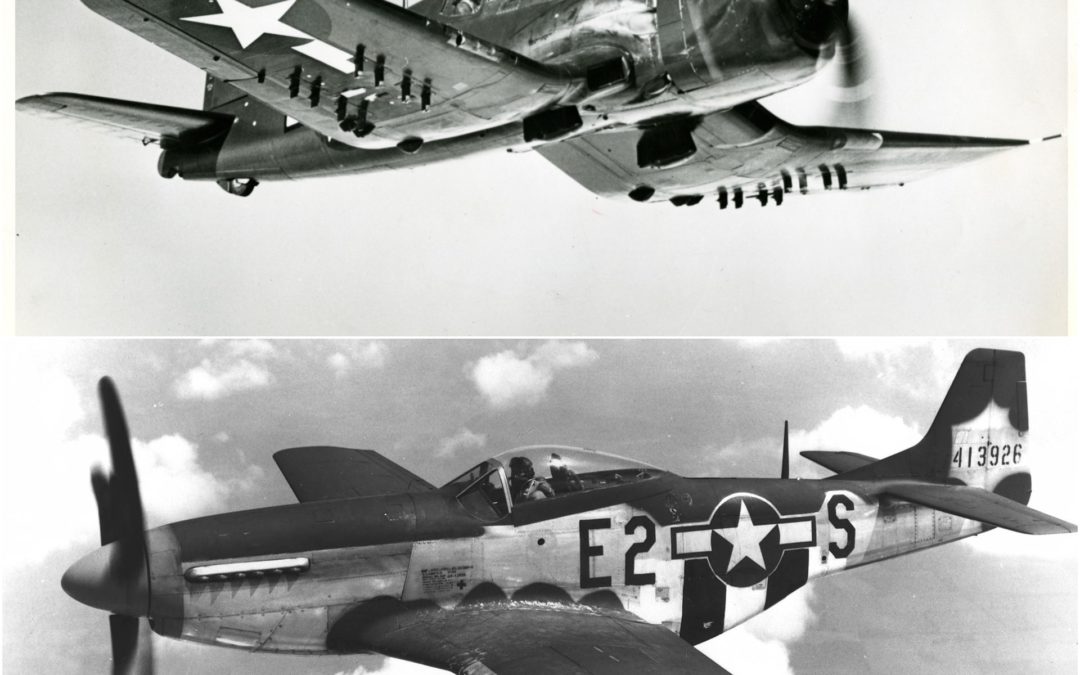
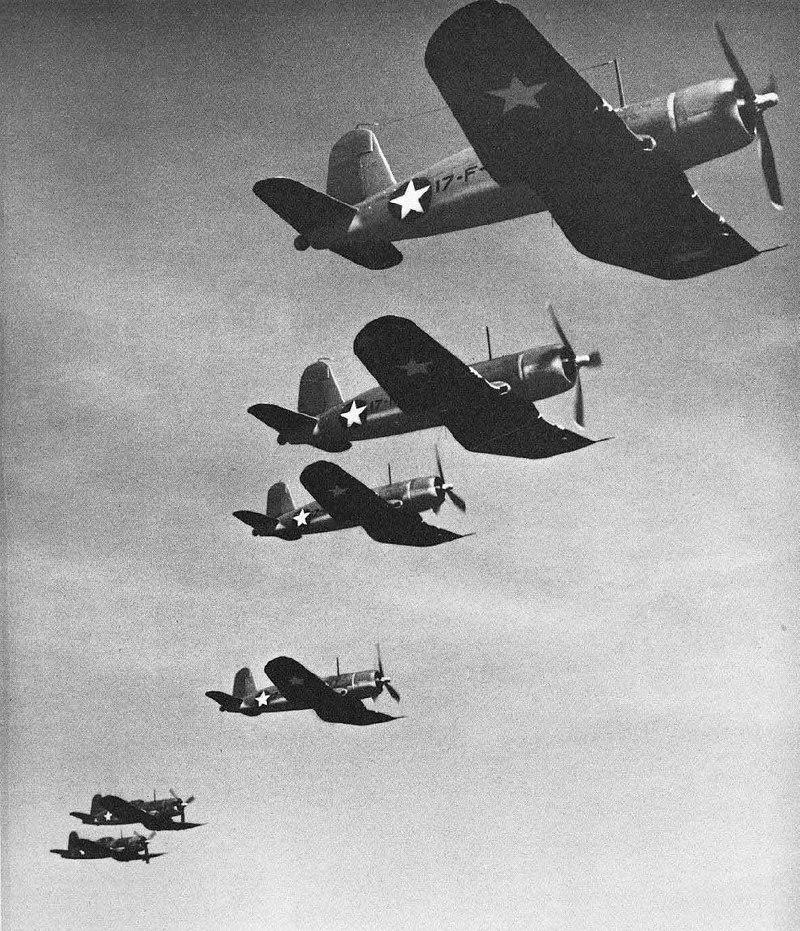
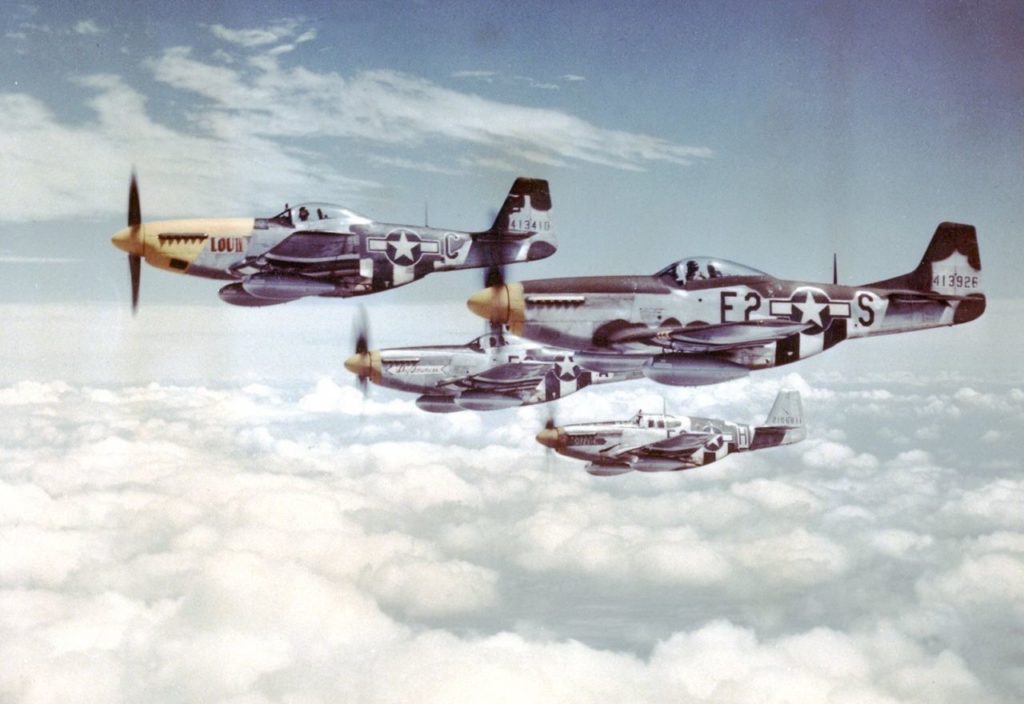
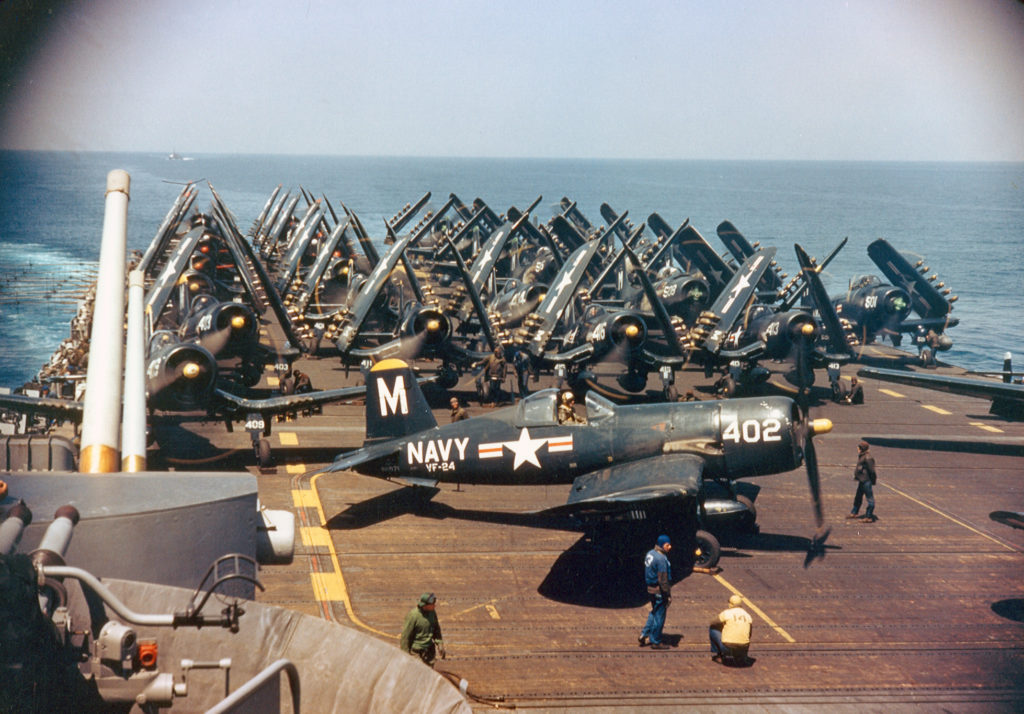
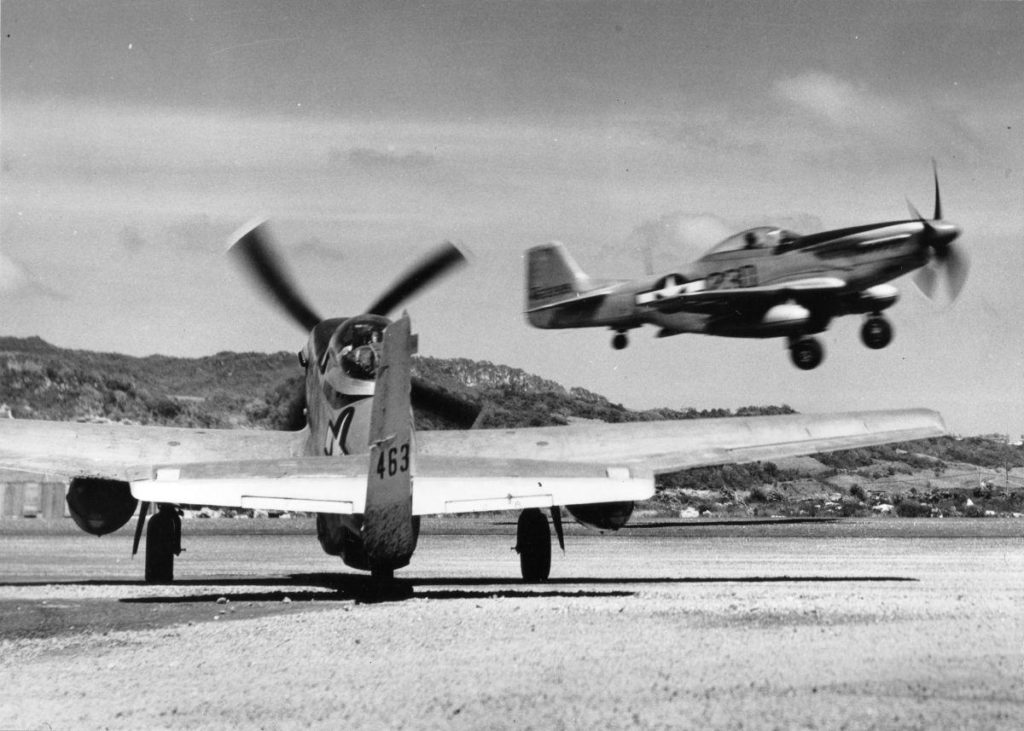

Trackbacks/Pingbacks